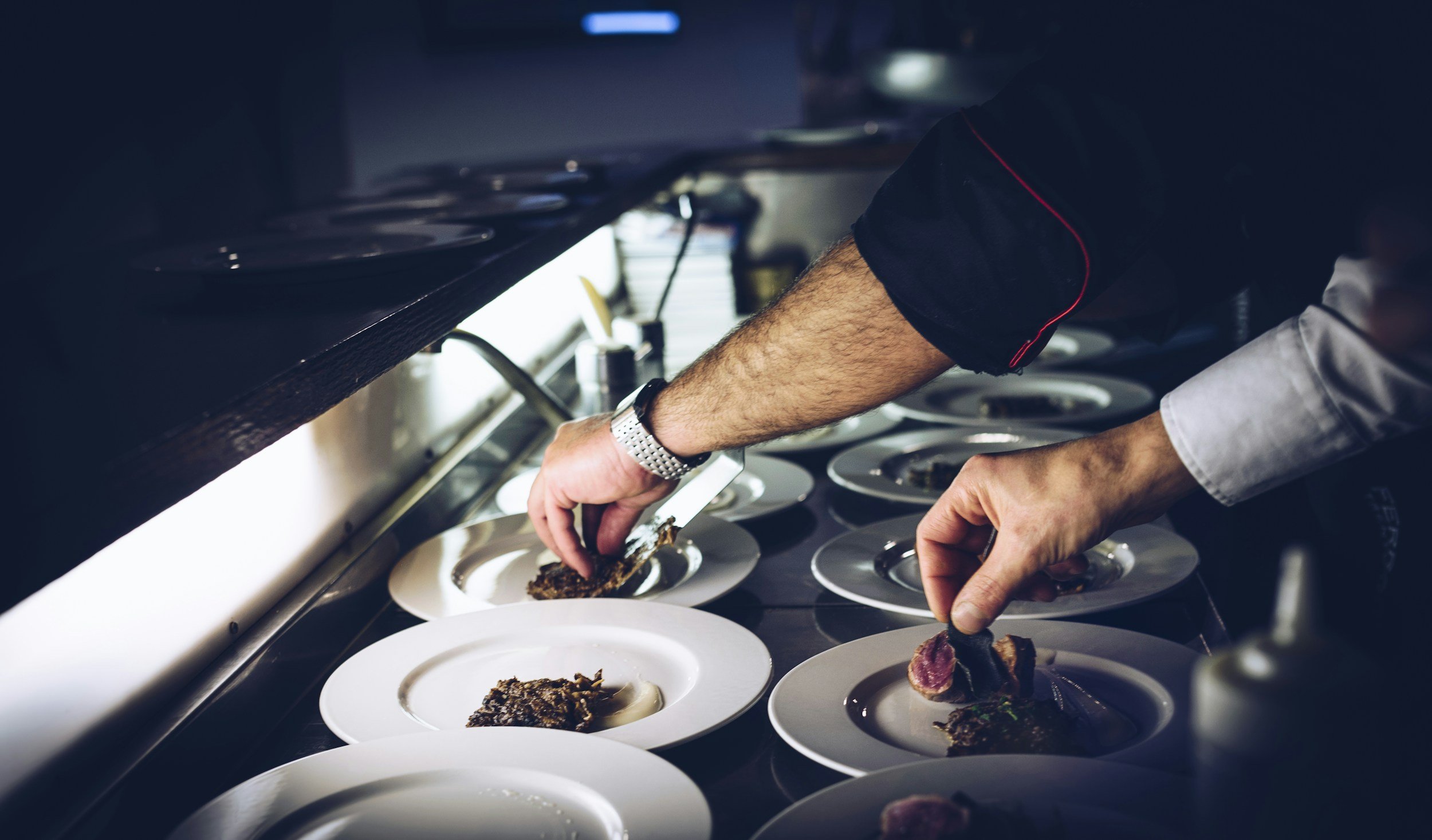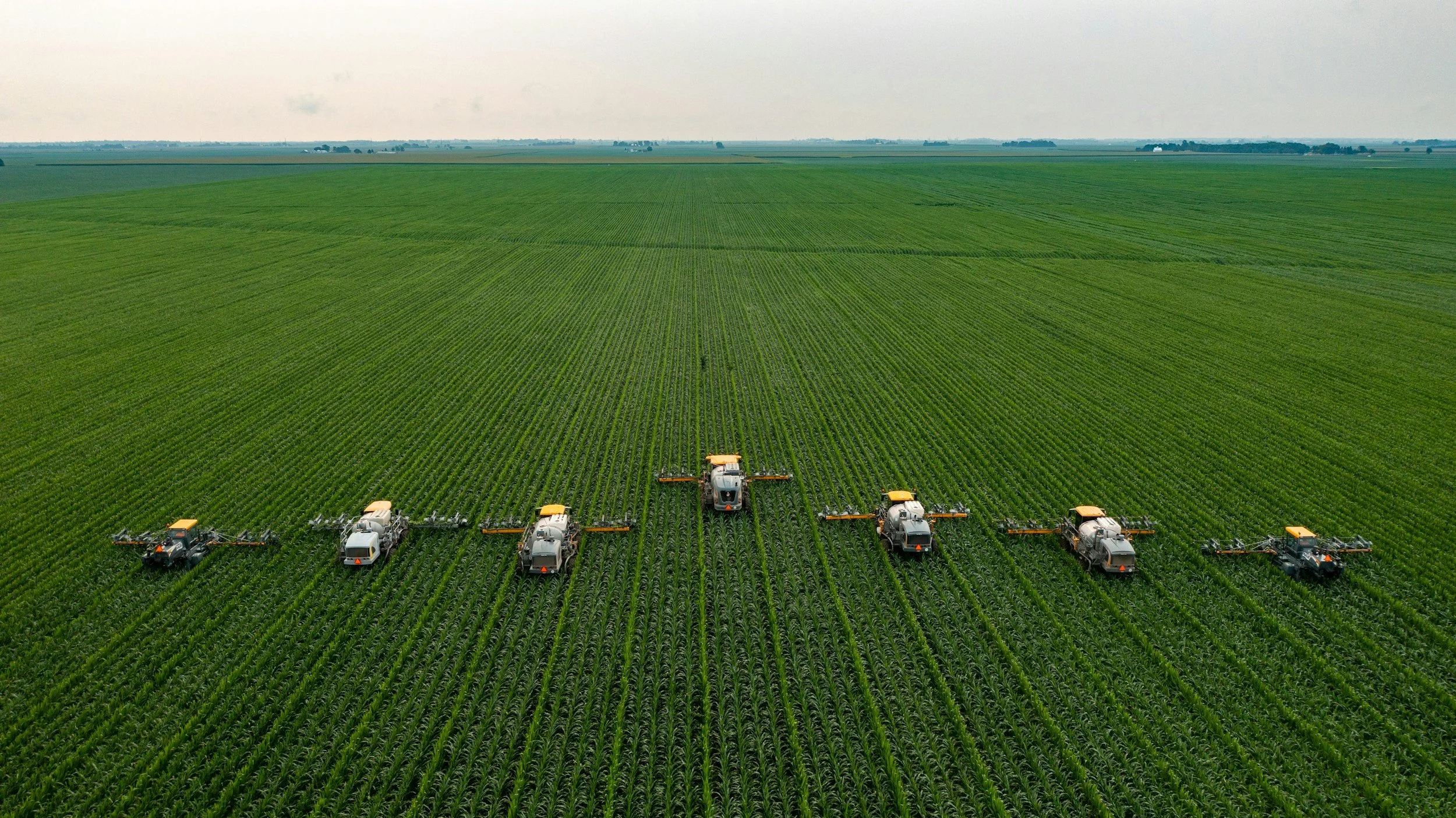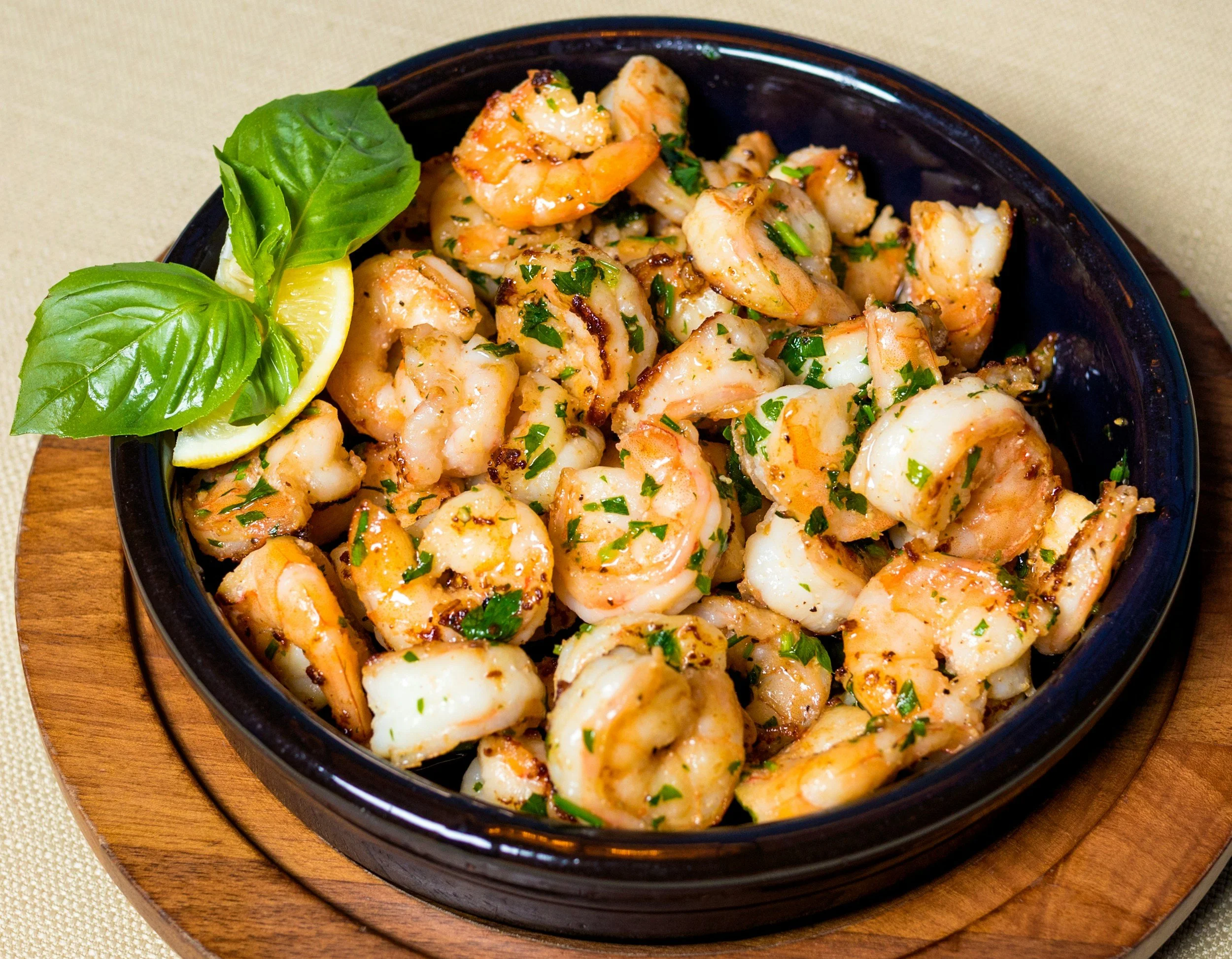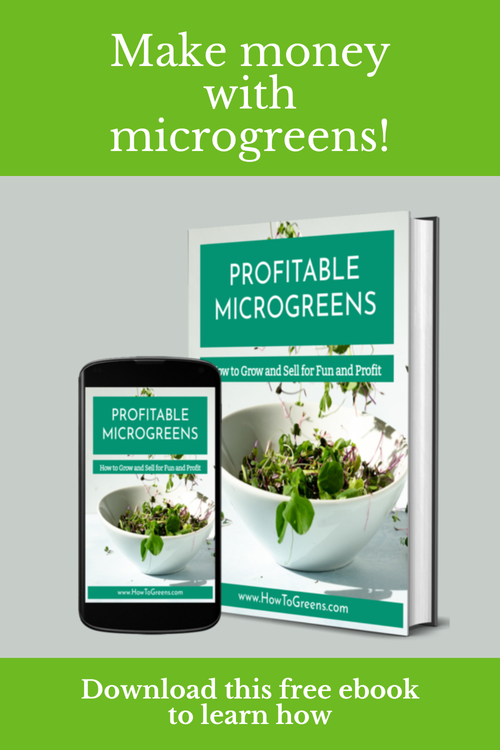Can Foodborne Illnesses Be Prevented with Homegrown Food?
/In early June 2025, the CDC announced a major recall involving more than 20 million eggs linked to a multi-state salmonella outbreak. At least 79 people across 7 states have fallen ill, and over 20 have been hospitalized. The eggs in question were sold under multiple brand names and traced to specific facilities with plant codes P-6562 and CA-5330, with best-by dates ranging from March 4 to June 19, 2025.
Just a few months ago, it was onions. Before that, deli meats and cantaloupes. Sadly, stories like this are not uncommon in the US; in fact they have increased in just the past year. More importantly, they raise an important question I’ll address in this article: can foodborne illnesses be prevented, and if so, is growing your own food part of the solution?
As someone who has been growing food for over 20 years, I’ve asked myself this question too. And while no one method is foolproof, I’ve come to believe that growing your own food is one of the best ways to reduce your risk—not just because it’s rewarding and nutritious, but because it puts food safety back in your hands.
Let’s take a closer look at what’s behind the rise in foodborne illness outbreaks and how homegrown food can be part of the solution.
A Year of Recalls and Outbreaks: The Growing Food Safety Crisis
The recent egg recall is part of a troubling trend. According to a 2025 report from U.S. PIRG (Public Interest Research Group), nearly 1,400 people were sickened by foodborne outbreaks in 2024, a sharp increase compared to the previous year. Most of the outbreaks came from just 13 outbreaks and were traced to problems that could have been prevented, including unsanitary processing environments and improper storage temperatures.
Aside from the salmonella outbreak linked to eggs, the past year has seen:
A deadly Listeria outbreak linked to deli meats and cheeses, including well-known brands like Boar’s Head. The CDC confirmed that 60 hospitalizations and as many as 10 deaths across 19 states happened as a result of this outbreak.
An E. coli outbreak in late 2024 tied to contaminated onions served in fast food chains, including McDonald’s, which affected over 100 people and resulted in 34 hospitalizations and one death.
A Listeria-related recall of pre-packaged salads and cantaloupes in several states.
These incidents highlight how vulnerable the modern food system has become to contamination at multiple points — during production, processing, transportation, and even in stores and restaurants.
What’s Causing the Rise in Foodborne Illness?
A March 2025 article from News-Medical sheds light on the underlying causes. According to CDC experts interviewed in the article, the main culprits include:
Animal waste runoff contaminating crops and water sources
Improper refrigeration of perishable foods during transportation or storage
Infected food handlers not following proper hygiene protocols
Inadequate cooking or reheating of animal products
Cross-contamination between raw and cooked foods in kitchens and processing facilities
While some of these causes stem from industrial agriculture and food distribution practices, others point to systemic issues in food safety oversight, including understaffed inspection agencies, outdated processing infrastructure, and loopholes in regulatory enforcement.
The result? Consumers are more likely than ever to encounter contaminated food, whether at restaurants, grocery stores, or even in convenience products marketed as "healthy" or "fresh."
So, Can Foodborne Illnesses Be Prevented with Homegrown Food?
The short answer is: Yes, at least to some extent.
Growing your own food doesn’t completely eliminate the risk of contamination, but it gives you far more control over how your food is grown, harvested, handled, and stored.
Here’s how home gardening can reduce your risk:
Fewer Points of Contamination
When you grow food in your own garden, there are no industrial processing plants, long-haul trucks, or handling by unknown workers between you and your plate. You’re not relying on external sources that may or may not follow food safety guidelines.
Control Over Inputs
You can choose organic soil, compost, and clean water sources. You can also avoid the use of synthetic pesticides and fertilizers, which may carry toxins or pathogens. You can also protect your garden from animal waste or intrusion more effectively with fencing, netting, and covers.
Smaller Scale = More Attention
With a smaller, home-scale operation, it’s much easier to monitor the condition of your plants, catch potential problems early, and follow safe handling and harvesting practices.
Food Safety Tips—Even for Homegrown Food
Look, growing your own food isn’t foolproof – you need to take care to handle it safely. Contamination can occur in soil, compost, water, or even your hands and kitchen surfaces. Here are a few CDC- and FDA-backed tips to reduce your risk of contracting a foodborne illness:
1. Wash All Produce Thoroughly
Even food from your backyard can harbor bacteria or soil-borne pathogens. Rinse fruits and vegetables under running water—no need for soap, but use a scrub brush for firm items like potatoes.
2. Use Clean Water and Compost
Avoid using untreated graywater or raw manure in your garden. If you make your own compost, take care to ensure that your pile heats up high enough to kill pathogens before applying it to your edible crops.
3. Harvest Safely and Sanitize
Wash your hands before and after gardening. Use clean tools and containers when harvesting produce. A quick wipe down with alcohol is usually enough to sanitize gardening tools and, and using soap and water to clean your containers will help you avoid spreading pathogens or pests in your garden. If you use organic pesticides, be sure to wash your produce thoroughly before eating. Studies have demonstrated that a baking soda and water bath (1 teaspoon baking soda in 2 cups of cold water) can remove most of the pesticide residue on your fruits and vegetables.
4. Store Smart
Perishables like lettuce, berries, and herbs should be refrigerated quickly after you have harvested them. Don’t leave fresh-picked produce in a hot car or garage for long periods. Most food safety agencies recommend not leaving fresh food out at room temperature for over 2 hours before putting it in the refrigerator.
5. Separate and Sanitize
In your kitchen, follow the “Clean–Separate–Cook–Chill” model recommended by Foodsafety.gov:
Clean your hands, tools, and surfaces.
Separate raw meats from produce.
Cook to safe internal temperatures.
Chill leftovers and perishables promptly.
Gardening: A Healthy, Empowering Alternative
Beyond the safety benefits, gardening offers many other advantages:
Freshness – Food picked at peak ripeness retains more nutrients and flavor.
Sustainability – Reduces packaging waste and carbon emissions from transport.
Mental Health Boost – Gardening lowers stress and increases physical activity.
Food Security – Growing even a few key items (like leafy greens, herbs, tomatoes) can make you less dependent on fragile supply chains.
In a world where food recalls seem to make headlines every week, growing your own garden is a form of self-reliance and resilience.
Want to Learn How to Grow Food Safely and Successfully?
Check out my beginner-friendly course, The Edible Food Garden!
In this course, you'll learn:
How to prepare clean, nutrient-rich soil
Best practices for watering and composting to prevent harmful contamination
Techniques for keeping pests and animals out of your garden without toxic chemicals
Safe harvesting, storage, and food prep tips for everything you grow
Whether you’re working with a small balcony or a full backyard, The Edible Food Garden will help you grow fresh, delicious food—safely.
Click here to learn more and enroll.
Lower Your Risk for Foodborne Illness
So, can foodborne illnesses be prevented with homegrown food?
While no method is 100% foolproof, growing your own food significantly lowers your exposure to many of the risks present in industrial food systems. With safe practices, clean inputs, and basic food handling knowledge, home gardening is one of the most powerful tools we have to protect our health—and enjoy fresher, better-tasting food in the process.
And in an era where food recalls are becoming more frequent and severe, that’s a step worth taking.











































In early June 2025, the CDC announced a major recall involving more than 20 million eggs linked to a multi-state salmonella outbreak. At least 79 people across 7 states have fallen ill, and over 20 have been hospitalized. The eggs in question were sold under multiple brand names and traced to specific facilities with plant codes P-6562 and CA-5330, with best-by dates ranging from March 4 to June 19, 2025.